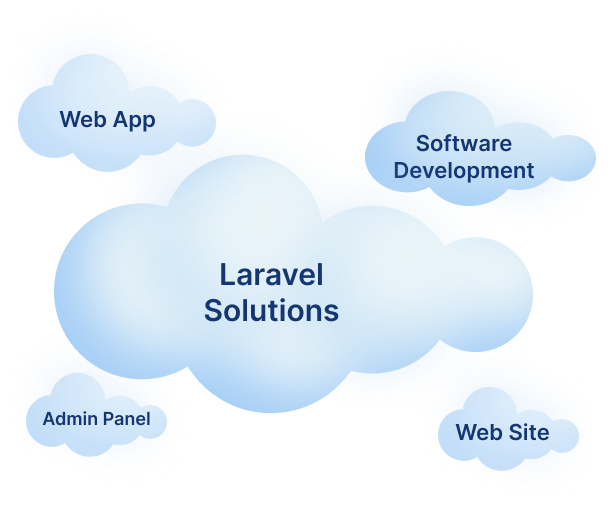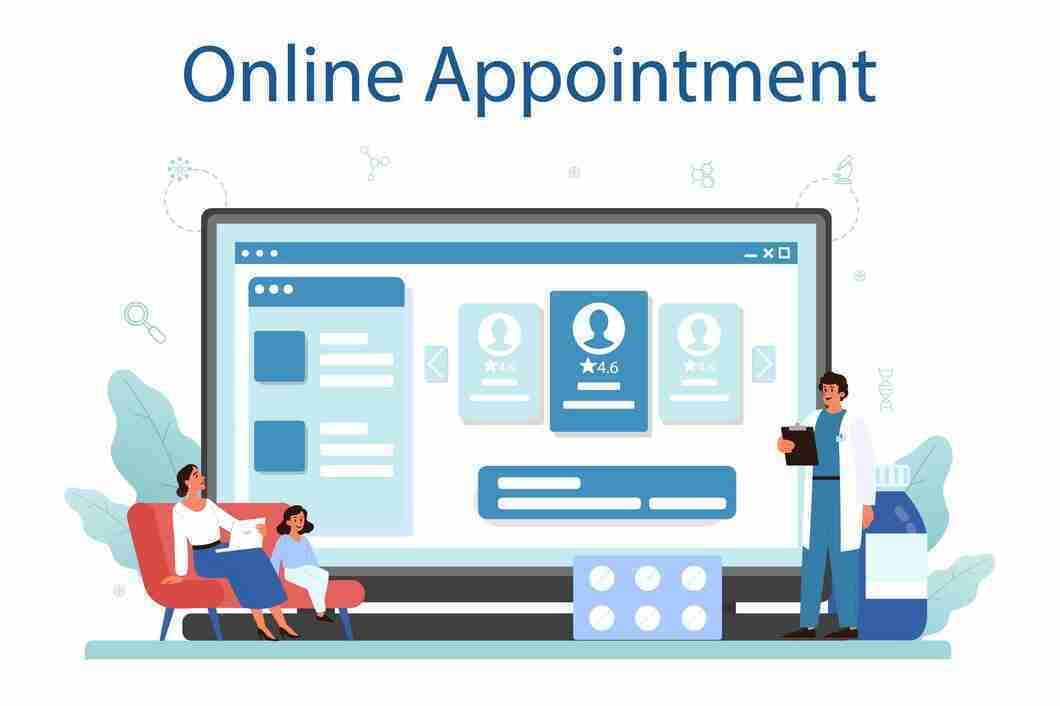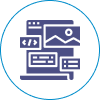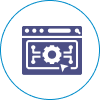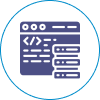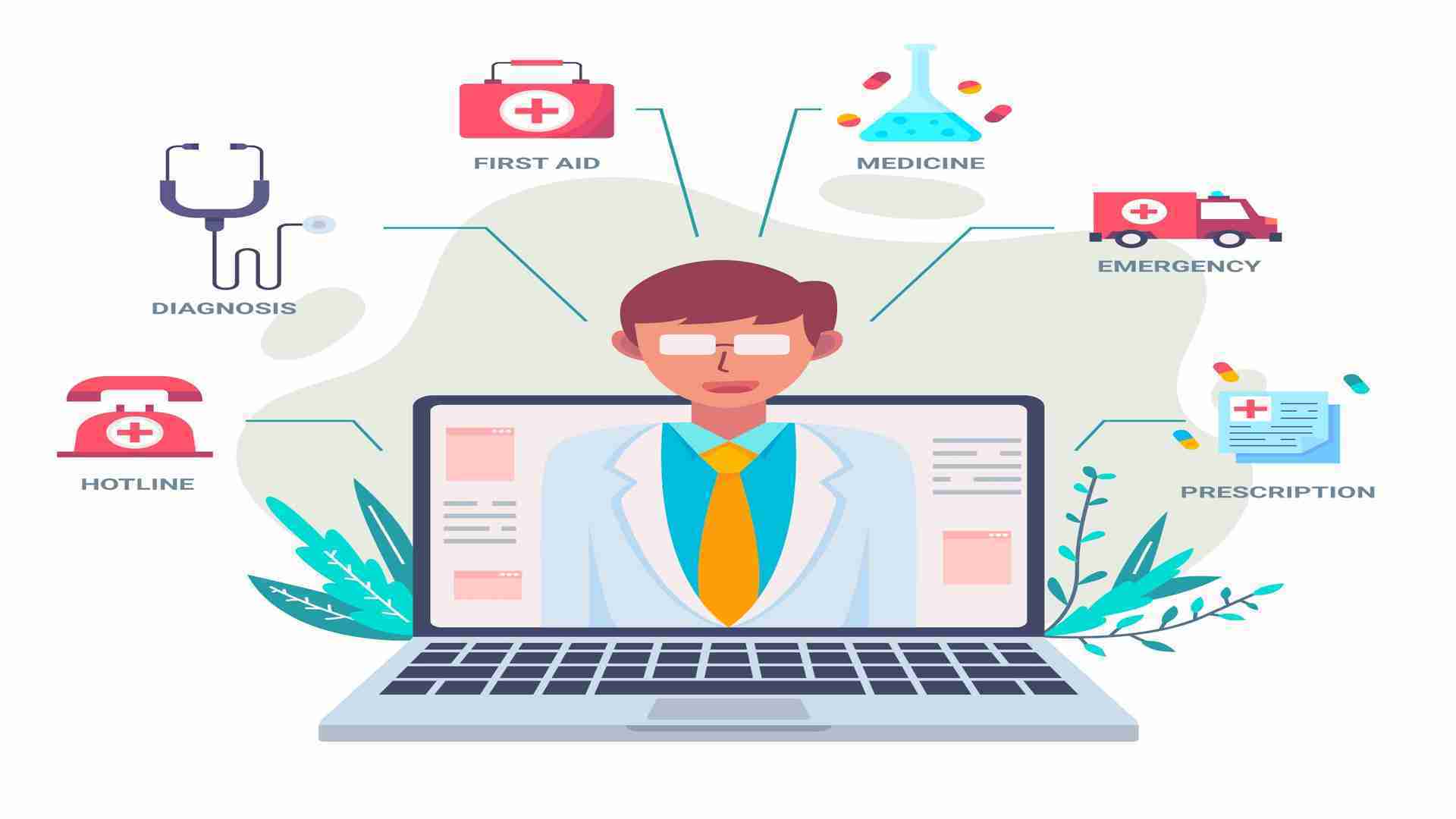1. What is the difference between EHR and EMR?
Answer: An electronic version of a patient's whole medical history that is shared with several healthcare providers is called an electronic health record, or EHR. An electronic copy of a patient's medical record kept on file by a single healthcare practitioner is called an electronic medical record, or EMR.
2. Why is custom EHR and EMR software development necessary?
Answer: Software can be customized to meet the specific requirements of a healthcare practice thanks to custom development. It guarantees smooth integration, adherence to certain rules, and workflow alignment, improving overall effectiveness and patient care.
3. What features should be prioritized in EHR and EMR software?
Answer: User-friendly interfaces, strong security protocols, interoperability, scalability, regulatory compliance, data analytics capabilities, and effective workflow management are examples of essential qualities.
4. How long does it take to develop EHR or EMR software?
Answer: The complexity, level of customization, and scope of the project determine how long it takes to build. Taking into account the steps of requirements collection, design, development, testing, and deployment, the usual time frame could be several months to a year.
5. How do you ensure data security in EHR and EMR software?
Answer: Access controls, encryption, authentication procedures, frequent security audits, and adherence to HIPAA (Health Insurance Portability and Accountability Act) and other regulations governing the protection of patient data are examples of security measures.
6. Can existing systems be integrated with EHR or EMR software?
Answer: Yes, bespoke EMR and EHR systems are made to work well with current healthcare systems. This makes ensuring that information flows easily across various departments or locations.
7. What role does user experience (UX) play in EHR and EMR software?
Answer: An interface that is easy to use is essential for successful adoption. The software must have an intuitive design, be simple to navigate, and have a minimal learning curve in order for healthcare professionals to effectively use it in their regular workflows.
8. How is interoperability achieved in EHR and EMR software?
Answer: Standardized communication protocols and data formats are used to establish interoperability. Data interchange across various systems is made easier by common standards like FHIR (fast healthcare interoperability resources) and HL7 (health level seven).
9. How often should EHR and EMR software be updated?
Answer: To implement new features, guarantee adherence to evolving rules, and resolve security flaws, regular upgrades are vital. Updates ought to be carried out thoughtfully to reduce interference with healthcare operations.
10. How can EHR and EMR software development support telemedicine?
Answer: Telemedicine features can be added into EHR and EMR systems to facilitate secure communication between patients and healthcare practitioners, as well as virtual consultations and remote patient monitoring.
11. What are the challenges in EHR and EMR software development?
Answer: Maintaining data security and privacy, accomplishing smooth interoperability, meeting the various needs of healthcare specializations, adhering to changing rules, and overseeing the connection with current systems are a few possible challenges.
12. How is training provided for healthcare professionals using EHR and EMR software?
Answer: Training curricula are designed with healthcare workers' unique needs in mind. They consist of interactive workshops, user guides, internet tools, and continuing assistance to guarantee a seamless integration and best use of the program.
